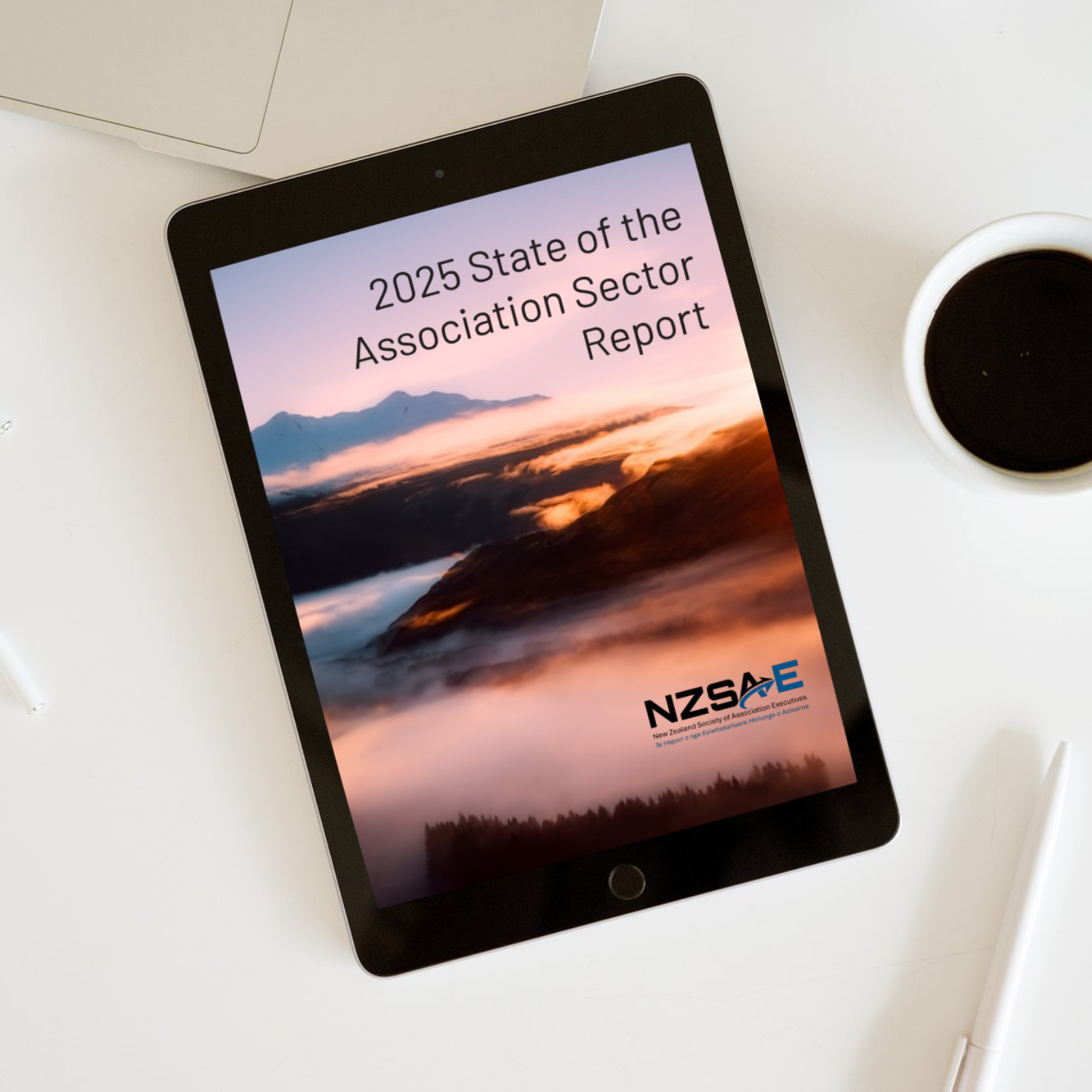Driving Non-Dues Revenue Growth Through Member Engagement
In today's competitive landscape, associations are continually seeking new ways to generate revenue beyond traditional dues. With evolving member...
2 min read
AJ
:
Mar 7, 2023 3:13:59 PM

In recent years, professional associations have faced a variety of challenges, ranging from technological changes to a shift in societal values. As we move into 2023, professional associations must navigate these challenges to remain relevant and effective in supporting their members.
In this article, we will explore the biggest challenges facing professional associations in 2023.
Technology is advancing at an unprecedented rate, and professional associations must keep up to remain effective. Associations must incorporate new technologies into their operations, from social media to online learning platforms. This can be a daunting task, as many associations have limited resources and may not have the technical expertise needed to make the necessary changes.
Moreover, technology is transforming the nature of work, and professional associations must adapt to these changes to remain relevant. For example, the rise of the gig economy has created a new class of workers who may not fit neatly into traditional membership categories. Professional associations must find ways to engage with these workers and provide relevant services.
The issue of diversity, equity, and inclusion (DEI) has become increasingly important in recent years. Professional associations must address DEI in their operations and services to remain relevant and inclusive. This means taking proactive steps to ensure that all members feel welcome and supported, regardless of their race, gender, sexual orientation, or other factors.
Professional associations must also recognise and address systemic barriers that prevent underrepresented groups from fully participating in their industries. This can be done by offering mentorship programs, scholarships, and other resources that support the career development of underrepresented groups.
Professional associations play an important role in advocating for their members' interests and representing their industries to the public. However, as the world becomes increasingly polarised and politically charged, advocacy and public relations can be challenging. Associations must find ways to navigate political and social issues while remaining impartial and inclusive.
Professional associations must also be proactive in shaping public opinion about their industries. This means creating messaging that highlights the positive contributions of their members and countering negative stereotypes and misconceptions.
Financial sustainability is a challenge for many professional associations, particularly those with limited resources. Associations must find ways to balance their budgets while providing valuable services to their members. This can be done by diversifying revenue streams, such as through sponsorships, grants, and partnerships.
Professional associations must also find ways to manage their expenses effectively. This may involve cutting costs in non-essential areas or finding more efficient ways to deliver services to members.
Finally, professional associations must remain relevant and differentiated in an increasingly crowded marketplace. With so many options available to professionals, associations must offer unique value propositions that set them apart from competitors. This may involve focusing on niche markets.
Member engagement is crucial for the success of any professional association. However, in today's fast-paced world, it can be challenging to capture members' attention and keep them engaged. Professional associations must find ways to offer value to their members to maintain their interest and support.
One way to increase member engagement is to offer more personalised services. This can be done by leveraging data and analytics to better understand members' needs and interests. By offering personalised services, associations can show members that they are committed to their success and are willing to go above and beyond to support them. By creating a sense of community, professional associations can foster a culture of collaboration and support among members.
Another way to increase member engagement is to provide opportunities for members to connect with each other. This can be done through networking events, online forums, and online education.
If you're interested in seeing how online education might assist your membership, take a look at our resources for helping associations embrace online education or meet with us today.

In today's competitive landscape, associations are continually seeking new ways to generate revenue beyond traditional dues. With evolving member...

The State of the Association Sector in New Zealand 2025 report published by NZSAE paints a clear picture: associations are resilient, but they face ...

Many associations today face a common challenge: how to generate non-dues revenue. While membership fees are a key source of income, they may not be...